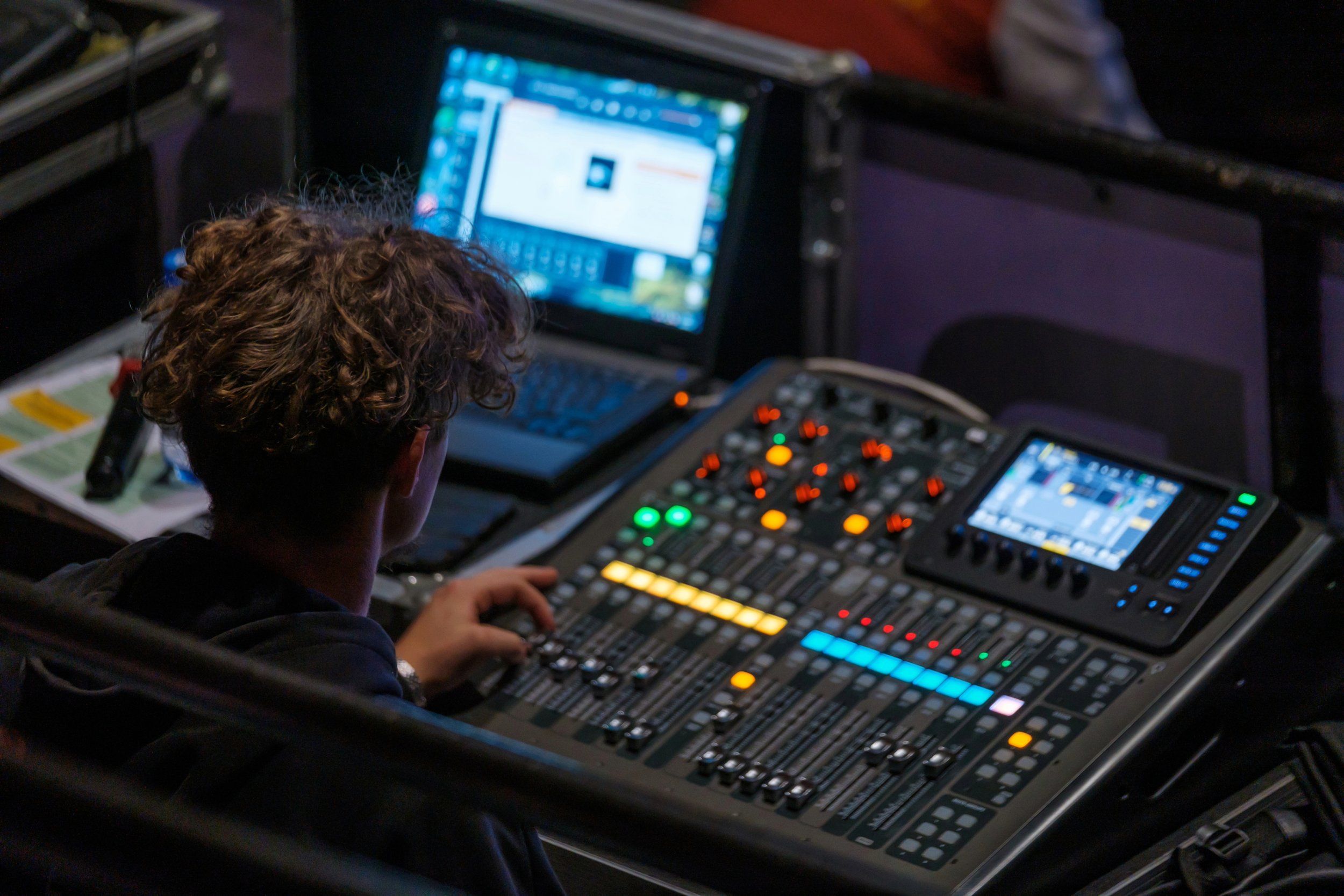Ensuring Redundancy in A/V Systems: A Strategic Imperative
With cutting-edge audio-visual (A/V) technology, the imperative of ensuring redundancy transcends mere best practices; it stands as a strategic necessity. Your investment should work, and in the rare event it doesn’t, it should come with failsafe plans ready to go at the moments drop.
Whether orchestrating a live concert, operating a critical command center, or managing a corporate conference, the reliability of A/V systems becomes a linchpin in determining success. This blog will examine the intricacies of redundancy, unraveling its significance through real-world scenarios and expert insights.
Decoding Redundancy in A/V Systems
Redundancy, within A/V systems, manifests as the meticulous duplication of critical components to forge robust backup mechanisms. In other words, a backup plan to ensure your equipment does what it was intended to do. The philosophy is clear – to curtail downtime and preempt disruptions in the face of unforeseen failures. This becomes particularly pivotal in environments where any lapse could cascade into profound consequences.
Crucial Components for Redundancy
Power Supply:
Imagine a live broadcast capturing a pivotal moment, and suddenly, a power outage endangers the event into darkness. Redundant power supplies, coupled with Uninterruptible Power Supply (UPS) systems, form an indispensable shield against such scenarios.
Signal Pathways:
In a command center, a single compromised cable could jeopardize the integrity of critical data transmission. Redundant signal pathways, fortified with alternate routes, guarantee an uninterrupted flow of information; maintaining critical command and control.
Display Screens and Projectors:
Picture a presentation where the display malfunctions moments before a crucial pitch. Redundant display screens and projectors stand as silent safeguards, ready to seamlessly assume the spotlight and avert potential embarrassment.
Audio Systems:
A live performance where a microphone suddenly goes silent. It’s the ultimate hiccup, that causes disruption and confusion. Redundant audio systems, including microphones, speakers, and mixing consoles, ensure that the experience remains uninterrupted, preserving the moment.
The Strategic Advantages of Redundancy
Mitigating Downtime:
In the context of live events or command center operations, downtime equates to missed opportunities and compromised outcomes. Redundancy becomes the vanguard against such eventualities, ensuring that operations continue without a hitch.
Fortifying Reliability:
The strategic deployment of redundancy elevates the overall reliability of A/V systems. It instills confidence in operators and users, fostering an environment where technological resilience becomes second nature.
Safeguarding Investments:
A/V equipment investments are substantial, and redundancy serves as an insurance policy against potential damage or malfunction. It minimizes the financial risks associated with unforeseen technical glitches.
Preserving Seamless Experiences:
Whether orchestrating a live concert or operating a command center, the seamless experience is non-negotiable. Redundancy ensures that the show goes on, maintaining the seamless quality of experiences for audiences and operators alike.
Strategic Implementation of Redundancy Measures
Conducting Comprehensive Risk Assessments:
Real-world scenarios necessitate meticulous risk assessments. Identifying potential vulnerabilities allows for the strategic prioritization of redundancy measures where they matter most.
Investing in Premium Components:
The efficacy of redundancy hinges on the quality of backup components. Investing in top-tier, reliable A/V components ensures that the redundancy infrastructure is as robust as the primary system.
Routine Maintenance and Testing:
The real test of redundancy lies in its readiness. Regular maintenance and systematic testing of redundant systems guarantee their operational efficacy, enabling swift detection and resolution of issues.
Automation for Seamless Transitions:
Automation emerges as a key ally in redundancy. Implementing automated switching systems ensures swift and seamless transitions between primary and backup components, minimizing the need for manual intervention and optimizing response times.
In the unforgiving arena of A/V technology, where every moment is a performance and every failure a potential setback, redundancy emerges not merely as a safety net but as an assurance of uninterrupted excellence. Real-world scenarios accentuate the strategic imperative of redundancy, establishing it as an indispensable facet in the orchestration of flawless A/V operations.
Remember, in the realm of A/V excellence, redundancy isn't an option; it's a strategic imperative poised at the intersection of innovation and reliability.

